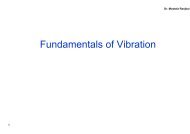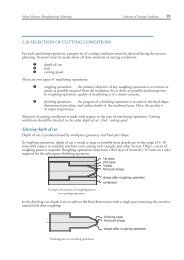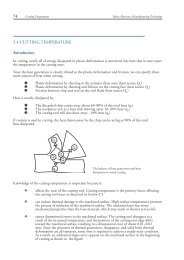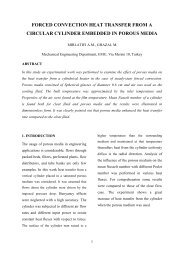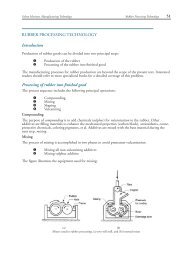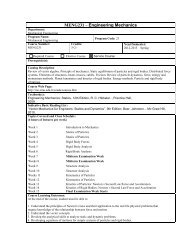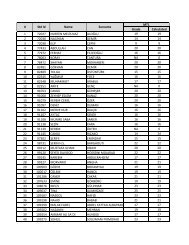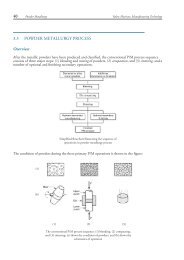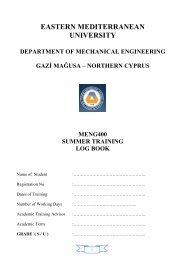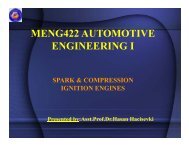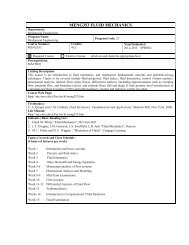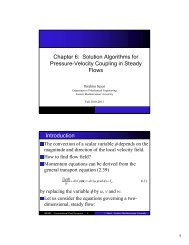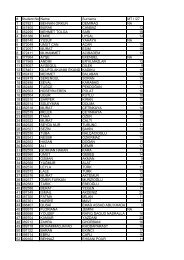5.5 Tool Wear and Tool Life
5.5 Tool Wear and Tool Life
5.5 Tool Wear and Tool Life
You also want an ePaper? Increase the reach of your titles
YUMPU automatically turns print PDFs into web optimized ePapers that Google loves.
78 <strong>Tool</strong> <strong>Wear</strong> <strong>and</strong> <strong>Tool</strong> <strong>Life</strong><br />
Valery Marinov, Manufacturing Technology<br />
v Crater wear: consists of a concave section on the tool face formed by the action of<br />
the chip sliding on the surface. Crater wear affects the mechanics of the process<br />
increasing the actual rake angle of the cutting tool <strong>and</strong> consequently, making cutting<br />
easier. At the same time, the crater wear weakens the tool wedge <strong>and</strong> increases the<br />
possibility for tool breakage. In general, crater wear is of a relatively small concern.<br />
v Flank wear: occurs on the tool flank as a result of friction between the machined<br />
surface of the workpiece <strong>and</strong> the tool flank. Flank wear appears in the form of so-called<br />
wear l<strong>and</strong> <strong>and</strong> is measured by the width of this wear l<strong>and</strong>, VB, Flank wear affects to<br />
the great extend the mechanics of cutting. Cutting forces increase significantly with flank<br />
wear. If the amount of flank wear exceeds some critical value (VB > 0.5~0.6 mm), the<br />
excessive cutting force may cause tool failure.<br />
actual rake angle<br />
nominal rake angle<br />
chip<br />
tool<br />
crater wear<br />
flank wear l<strong>and</strong><br />
sharp tool profile<br />
VB<br />
workpiece<br />
Cross-section perpendicular to the major cutting<br />
edge of a worn cutting tool showing the effect of<br />
crater wear on the tool rake angle <strong>and</strong> the flank<br />
wear l<strong>and</strong><br />
v Corner wear: occurs on the tool corner. Can be considered as a part of the wear l<strong>and</strong><br />
<strong>and</strong> respectively flank wear since there is no distinguished boundary between the corner<br />
wear <strong>and</strong> flank wear l<strong>and</strong>. We consider corner wear as a separate wear type because<br />
of its importance for the precision of machining. Corner wear actually shortens the<br />
cutting tool thus increasing gradually the dimension of machined surface <strong>and</strong> introduc<br />
ing a significant dimensional error in machining, which can reach values of about<br />
0.03~0.05 mm.<br />
work surface<br />
actual<br />
part shape<br />
theoretical part shape<br />
if no corner wear<br />
V<br />
corner wear reduces<br />
tool length<br />
Dimensional error<br />
caused by tool<br />
corner wear<br />
feed<br />
Sharp cutting tool<br />
Top view showing the effect of tool corner wear on the dimensional<br />
precision in turning



